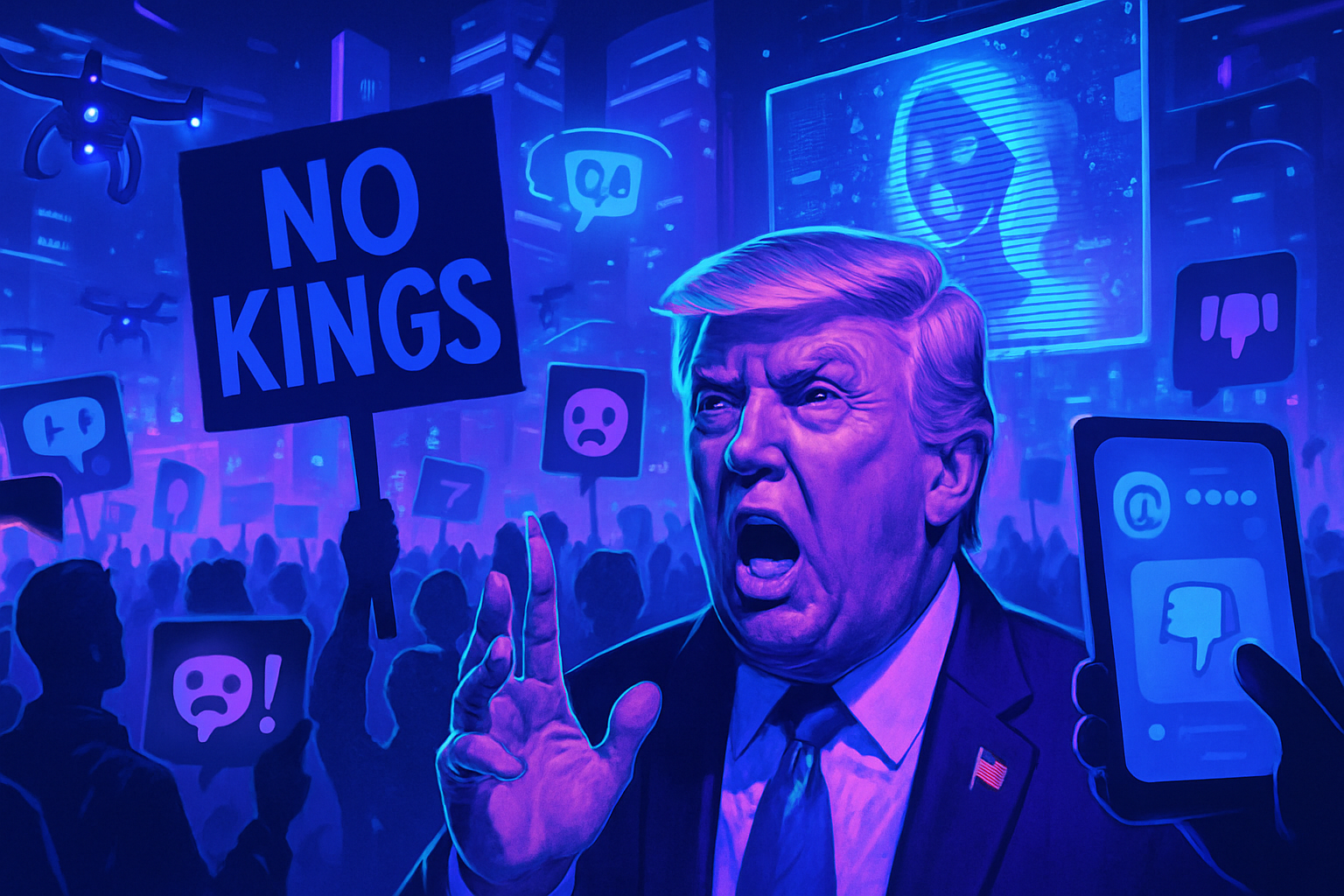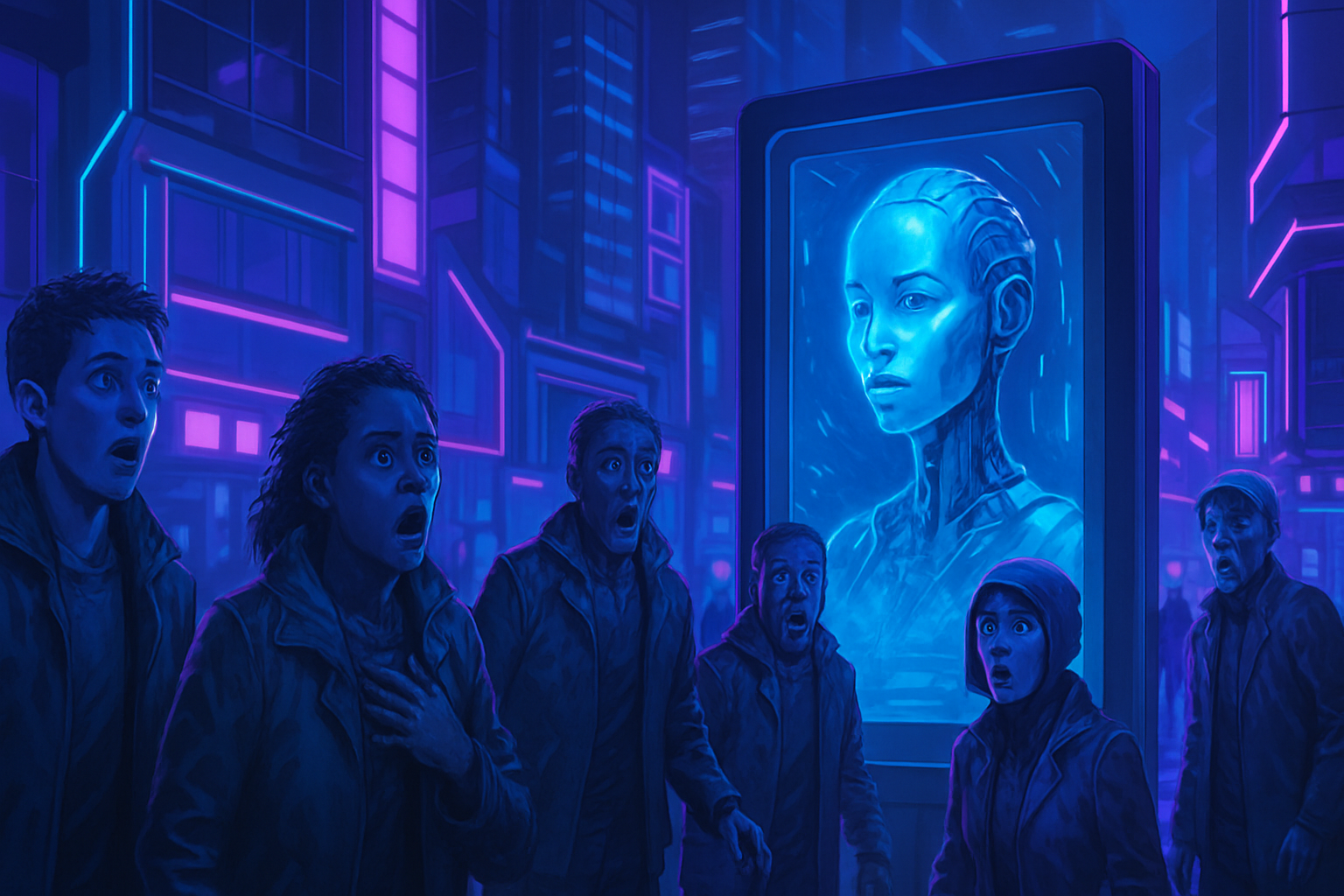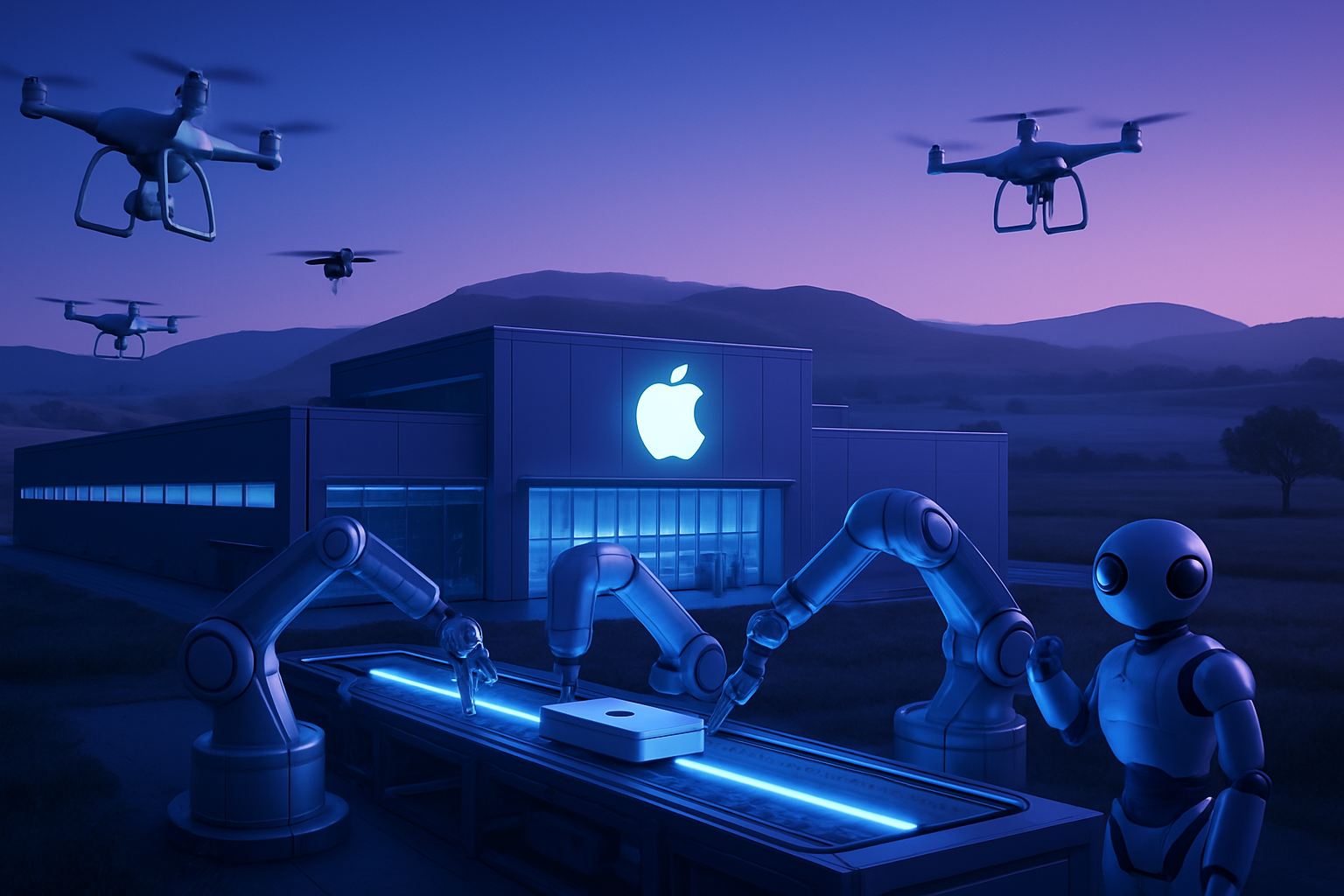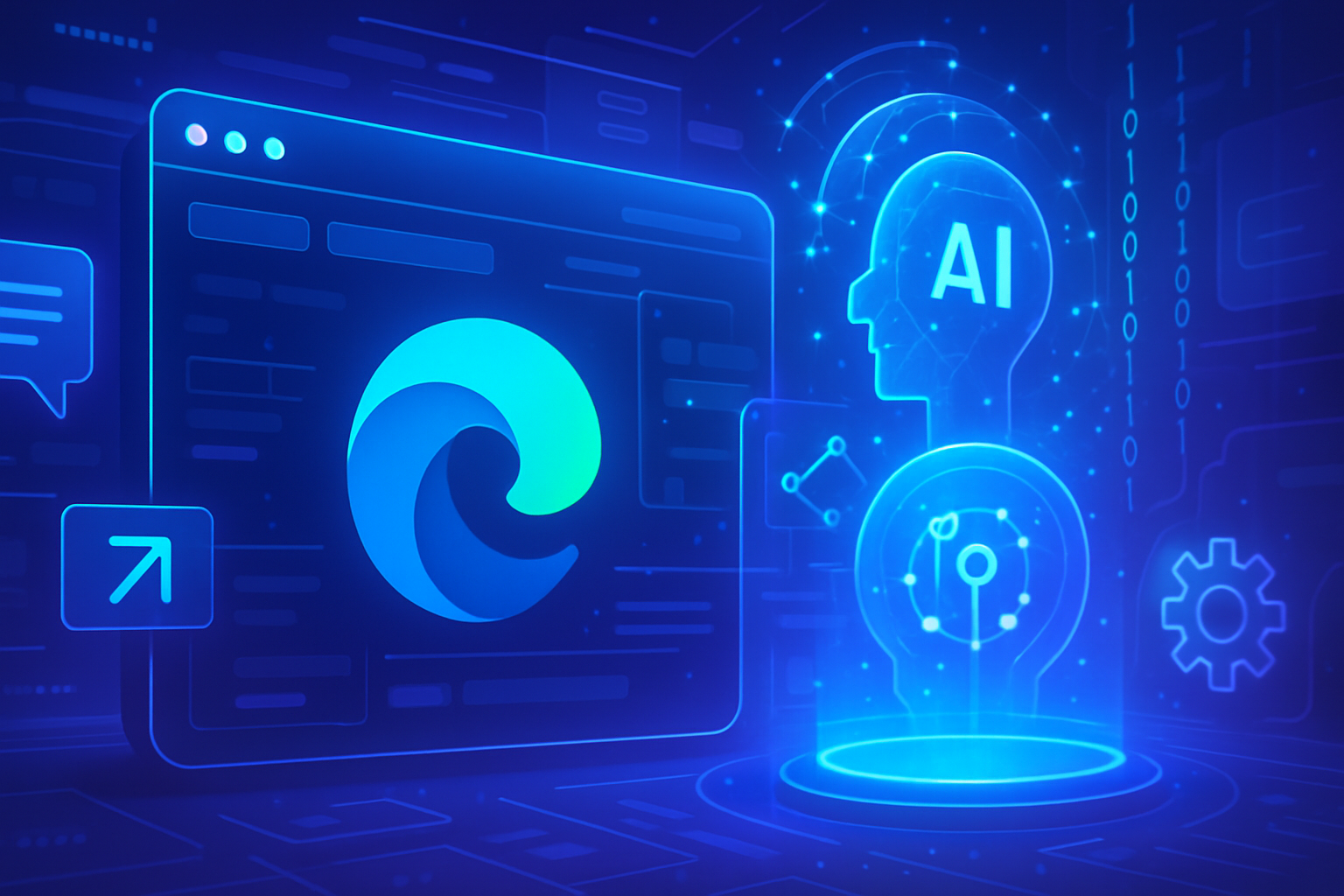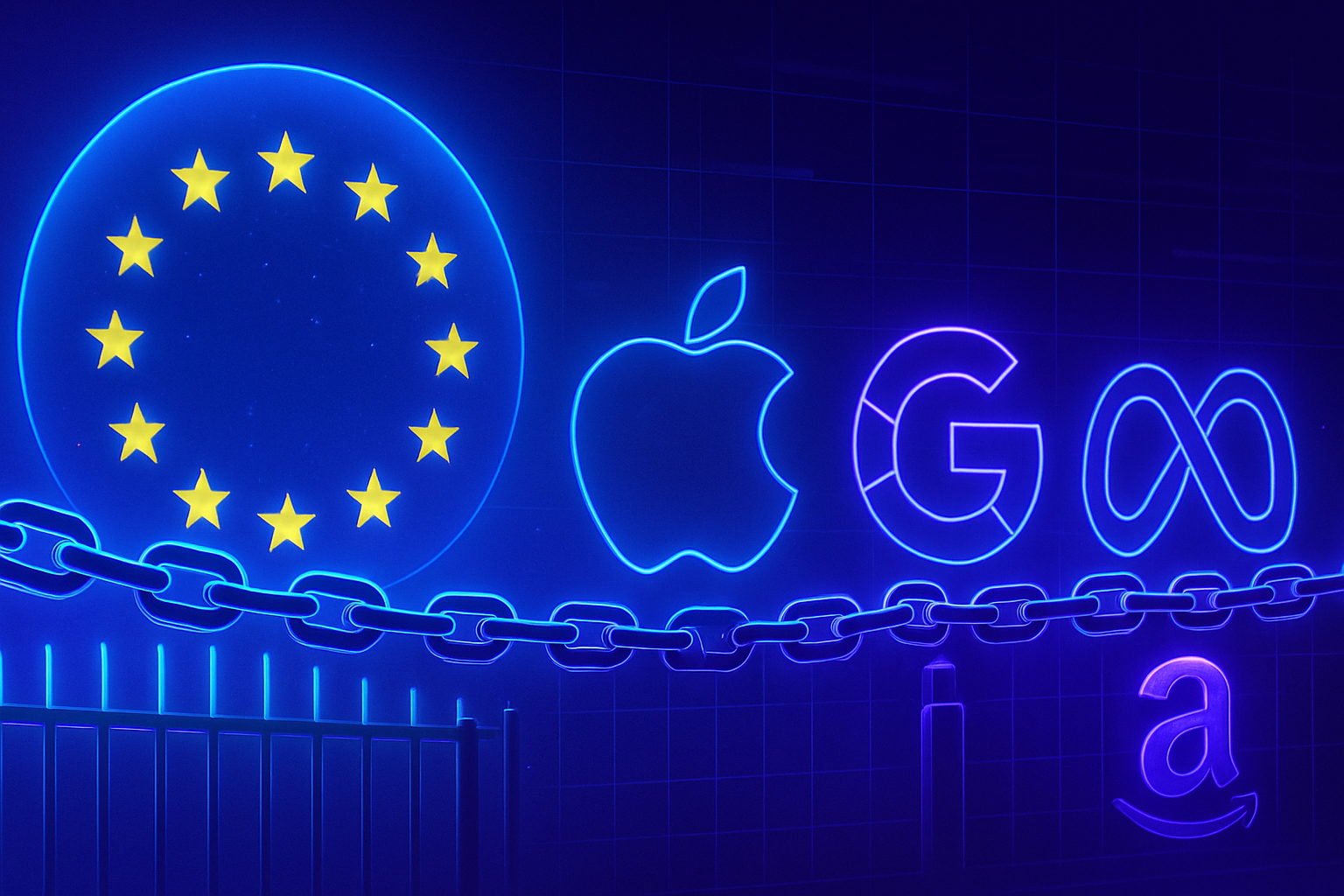The “No Kings” protests are reigniting the climate of tensions in the United States. Trump, an emblematic and controversial figure, reacts vehemently to this dissent. The impact of new technologies, especially AI-generated video, is sparking a broad debate around misinformation. Citizens express their disenchantment with power. The protests are no longer limited to cries of revolt; they remain a true political challenge. Trump’s communication strategy seeks to adapt. His response, blending provocations and technology, reinforces his media presence. The issues surrounding the use of AI question the very nature of political discourse. An uncertainty that shapes the public opinion of the country.
Trump’s reaction to the protests
Protests titled “No Kings” have recently emerged, manifesting across several American cities. These events, organized by anti-authoritarian and progressive groups, aim to contest social inequalities and the concentration of power. In response to these events, Donald Trump chose to react through a video generated by artificial intelligence.
The AI-generated video
This video prominently features an unequivocal message: Trump calls for unity and the restoration of strong rules in the country. The technology used to produce this video has raised questions, particularly regarding how AI can influence public perception. The images of a virtual Trump, designed to resemble his real counterpart, accompany a speech that criticizes the actions of the protesters.
Impact on the protesters
The leaders of the “No Kings” movements firmly reject Trump’s assertions, labeling his video as a manipulative tool. They emphasize that the use of AI-generated images only amplifies the division within society. Trump’s message, according to them, is a desperate attempt to divert attention from the legitimate concerns of citizens.
Political reactions
Political commentators are questioning the choice of an AI-generated video to support a political message. Some see it as a sign of innovation in political communication, while others view this approach as a detriment to the authenticity of discourse. This strategy could also garner critiques regarding the use of technology in electoral campaigns.
Long-term implications
This demonstration raises questions about the future of digital politics. The use of AI-generated videos in communication offers revolutionary perspectives while posing major challenges regarding ethics and truth. The debate over how these technologies can be employed for political purposes continues, with profound implications for democracy.
Consequences for the upcoming election
As the next elections approach, opinions surrounding this video could influence voters’ attitudes. Trump’s strategy, marked by the use of advanced digital tools, reflects a desire not to stay away from technological evolution. Political analysts are questioning the ability of these methods to mobilize or alienate voters.
Conclusion on technological innovation in politics
Reactions to the use of an AI-generated video are part of a broader context of transformation in communication methods. By integrating these new technologies, political leaders are redefining interactions with the public and campaign strategies. This phenomenon will undoubtedly impact the perception of truth and citizens’ engagement in the democratic process.
To deepen the understanding of current issues, it is recommended to follow discussions around the implications of AI technologies in politics, as well as their influence on social movements.
Frequently Asked Questions
What are the “No Kings” protests and what is their objective?
The “No Kings” protests are a citizen movement aiming to denounce authoritarianism and promote democracy. They bring together individuals from diverse backgrounds, united by the will to oppose any regime that believes power is not shared.
How did Trump react to the “No Kings” protests?
Trump has expressed mixed opinions on these protests, using his platforms to criticize participants while asserting his support for freedom of expression. His approach has often sparked controversies and discussions among his supporters and opponents.
Why was an AI-generated video used to showcase Trump’s reaction?
An AI-generated video was employed to integrate elements of recent edits, allowing for an innovative visualization of Trump’s positions on these protests. This raises questions about the veracity and impact of synthetic media.
What are the main arguments made by Trump regarding the “No Kings” protests?
Trump has primarily highlighted the importance of public order and has criticized the alleged chaos generated by these protests, arguing that it could threaten societal stability.
Are there measurable impacts of the “No Kings” protests on the American political landscape?
The “No Kings” protests have had a notable impact in galvanizing a support base for larger movements seeking to challenge the political status quo, which could influence upcoming elections.
How do participants in the “No Kings” protests perceive Trump’s reaction?
Participants often perceive Trump’s reaction as a sign of denial regarding the reality of popular concerns; some see him as an antagonist, while others may view it as an opportunity for debate.
What role do social media play in the dissemination of debates around the “No Kings” protests and Trump’s reactions?
Social media plays a central role in disseminating opinions, allowing participants to share their experiences in real-time and create dialogue around Trump’s response, thereby influencing public opinion.
